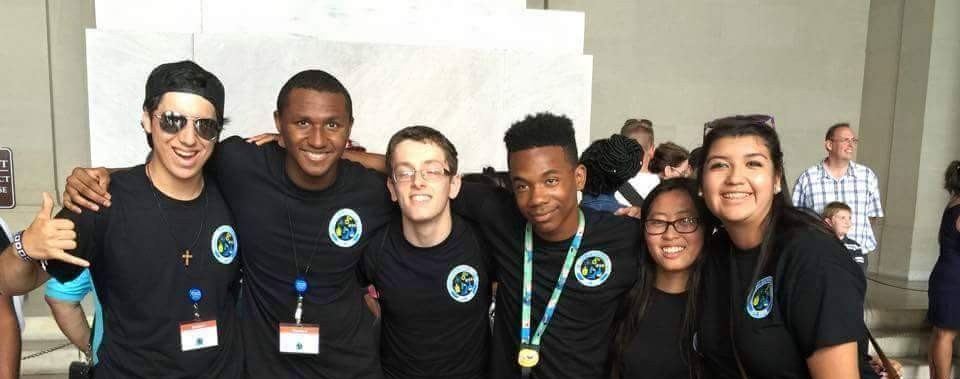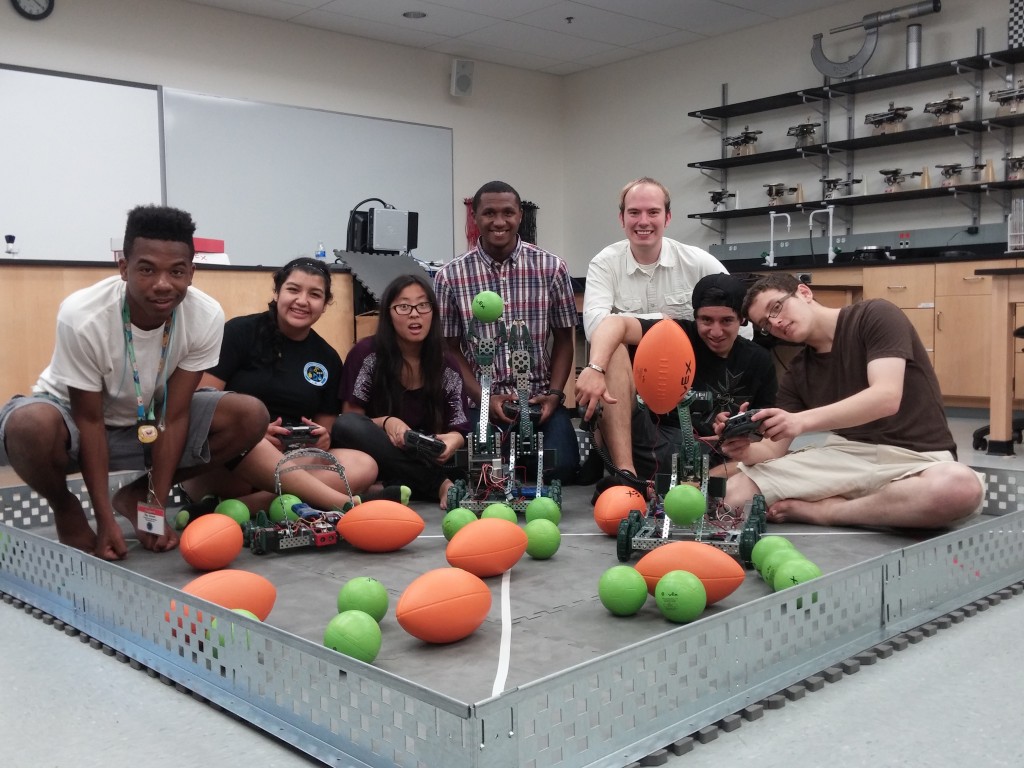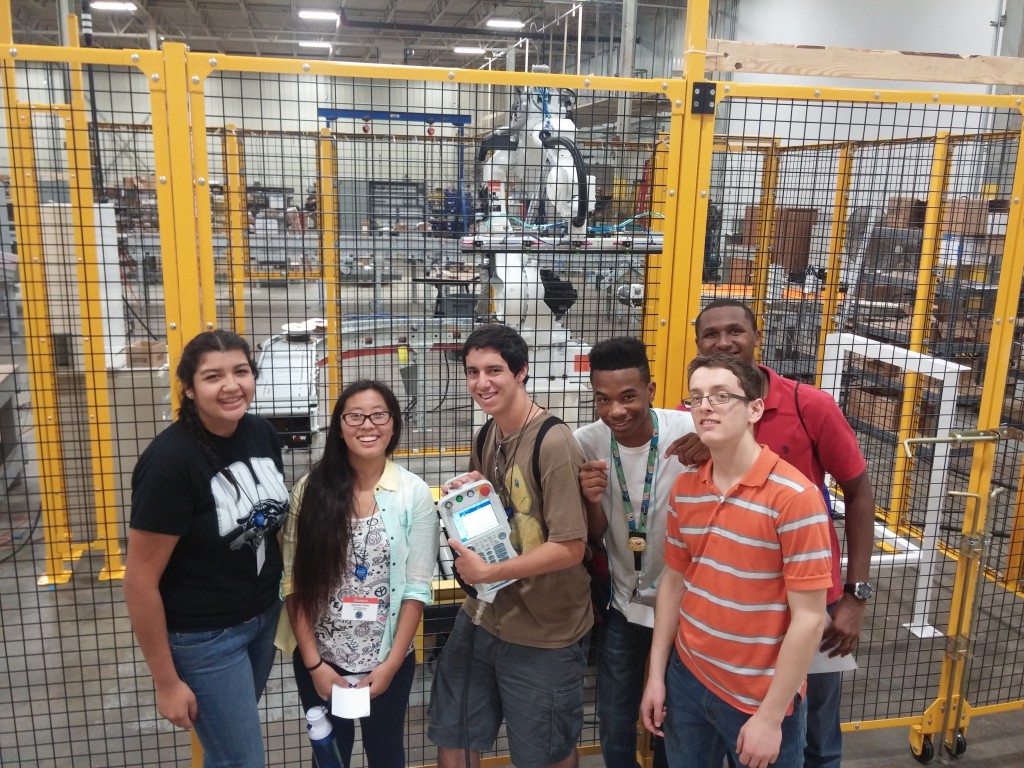New Page: Still Under Construction
The Joint Science and Technology Institute (JSTI) – Robotics Teaching
In July of 2015 I was approached by this summer program to be their robotics mentor/teacher. The 2-week Science Technology Engineering and Math (STEM) focused program, sponsored by the US Department of Defense’s Defense Threat Reduction Agency (DTRA) in Edgewood, MD, exists to help foster student’s interest in pursuing STEM careers.
“The Joint Science and Technology Institute for Students is a two-week, all expenses paid, residential program for current high school students in the United States. Students will participate in research projects mentored by Department of Defense research scientists. The purpose of the program is to expose students to scientific research through hands-on projects, to enable students to work with real-world scientists, and to increase students’ awareness of career opportunities in related fields.” – JSTI Home
The student body at large was wonderfully diverse and consisted of 40 students, including approximately half from US military families stationed overseas. My 6 students were all new to the field of robotics so we started off with an exploration (thanks YouTube!) of what was cutting edge in research and application. Then it was into the component mechanisms and the basics of the engineering behind them. Before we got in to the hands-on portion I had planned we were able to have some speakers and take a tour of a local robot integrator Automated Motion.
With a firm grasp on what the current industrial and research/future applications are we turned to the basics of using the VEX hardware we were going to use for the next week and a half. First was an intro into the details of the system and what worked in my experience. This lead right into the students building a very basic claw-bot following a set of instructions. This let each team of 2 work at their own pace, work through their problems, and learn from their mistakes. Then it was on to setting up the electronics (micro-, motor, and driver controllers, batteries, etc.). At this point students could drive their creations remotely using default code on the microcontrollers. But after some short experimentation in drag-and-drop programming (EasyC specifically) we moved on to the main event.
Competition Time


